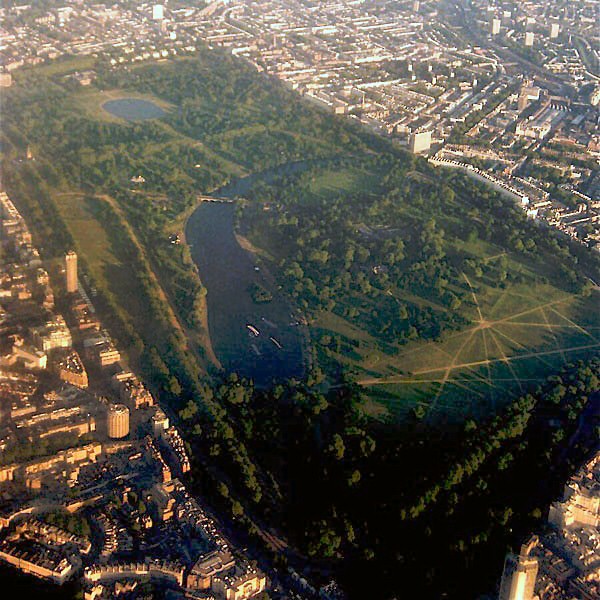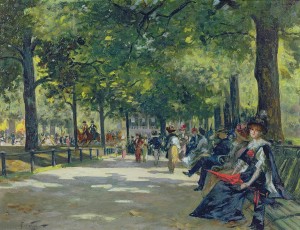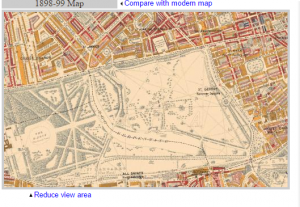The Marble Arch is a profound London landmark designed by John Nash in 1827. It was originally designed to be the entrance to the cour d’honneur of Buckingham Palace. The arch was relocated however in 1851 by Thomas Cubitt to the North East corner of Hyde Park at Cumberland Gate. The design of the arch was inspired by the Arch of Constantine in Rome and the Arc de Triomphe du Carrousel in Paris. (The fact that the design was inspired by other countries’ works, reminds me of Dorian Grey’s fascination with beauty and his collection of beautiful items, all from other parts of the world, like the design of the Arch.) This regal arch marked one of six entrances into Hyde Park, a Park where many nobility and important people of the Victorian Era went for downtime. Our beauty obsessed characters, Dorian and Henry, both enjoyed the Park as a place to watch beauty alive in front of them, and the arch marked the entrance and exit of the place they adored.
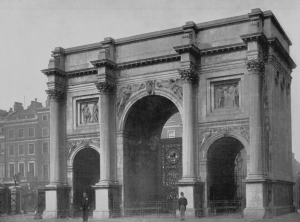
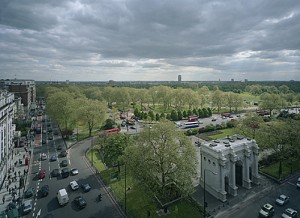
We see the Marble Arch for the first time in the novel in Chapter 5. Sybil and James Vane had just gone to Hyde Park for a walk. (Both had had to change to be presentable enough to be in the park.) They finished their walk and by the Marble Arch “they hailed an omnibus” to take them back to their “shabby home” 2 miles away on Euston Road. Here the arch can be seen as a symbol of change. As one enters the Park through the Arch they are in a beautiful world, full of beautiful people and the elite. As one exits the Park through the Arch they are back to the real London where they must go back to their own homes (possibly one that is too “shabby” to be near the Park itself.
The Marble Arch is mentioned in chapter 19 by Lord Henry when he is talking to Dorian. Henry had been walking through Hyde Park on a Sunday and noticed by the Marble Arch “a little crowd of shabby-looking people listening to some vulgar street-preacher.” As seen earlier in the novel, seeing shabby people in the park was very unlikely, so this would strike Lord Henry. He hears the preacher say “What does it profit a man if he gain the whole world and lose his own soul?” Henry is asking Dorian to answer the question at first he then goes on to say how it “struck him”. He heard the question and thought it to be dramatic. He says that “London is very rich in curious effects of that kind” Henry paints us a picture of the preacher in a rain coat surrounded by “sickly white faces.” The dramatic phrase is thrown into the air as the beautiful arch looms over them.
If we saw this scene through the eyes of Henry, we would see lower class Londoners huddled around a shrill preacher against the beautiful arch inspired by foreign pieces of beauty. We would hear the question of the preacher, almost in shock that such a question could come out of someone not as beautiful as the question itself. Henry is tempted to tell the preacher that “art had a soul but that man had not.” This line is crucial in the novel being an absolute allusion to Dorian’s painting that now has the soul of Dorian, taking on all of the pain and suffering that he has gone through.
When Henry asks Dorian this question that he heard about the Marble Arch, we see Dorian become suspicious that Lord Henry knows something about Dorian and the painting. This arch can represent a turning point in the relationship between Henry and Dorian at this point of the novel.
Sources
http://www.victorianlondon.org/buildings/marblearch.htm
https://en.wikisource.org/wiki/The_Picture_of_Dorian_Gray_(1891)
https://en.wikipedia.org/wiki/Marble_Arch

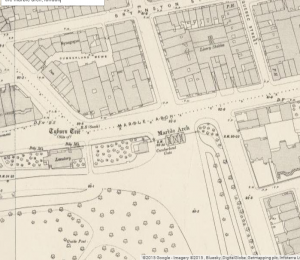

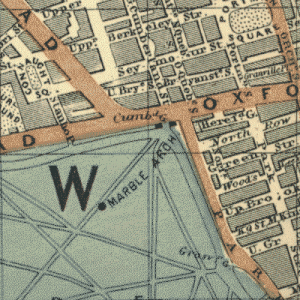

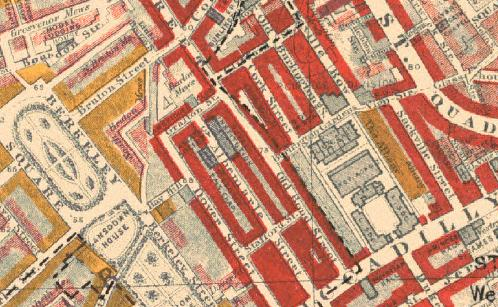

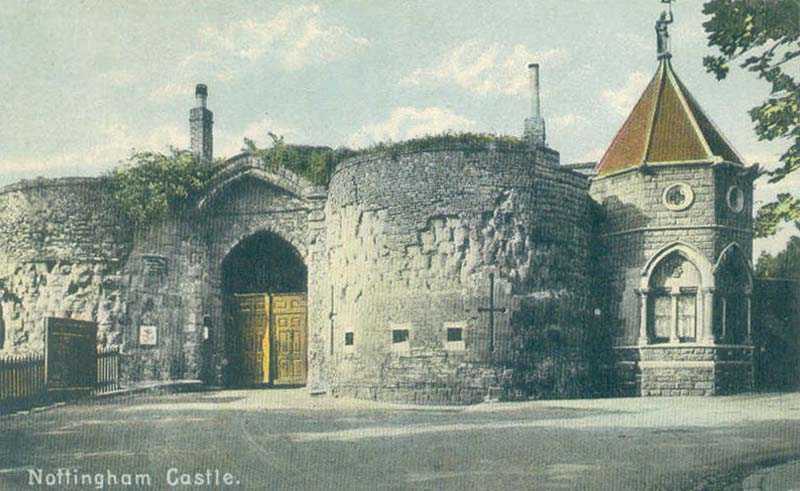
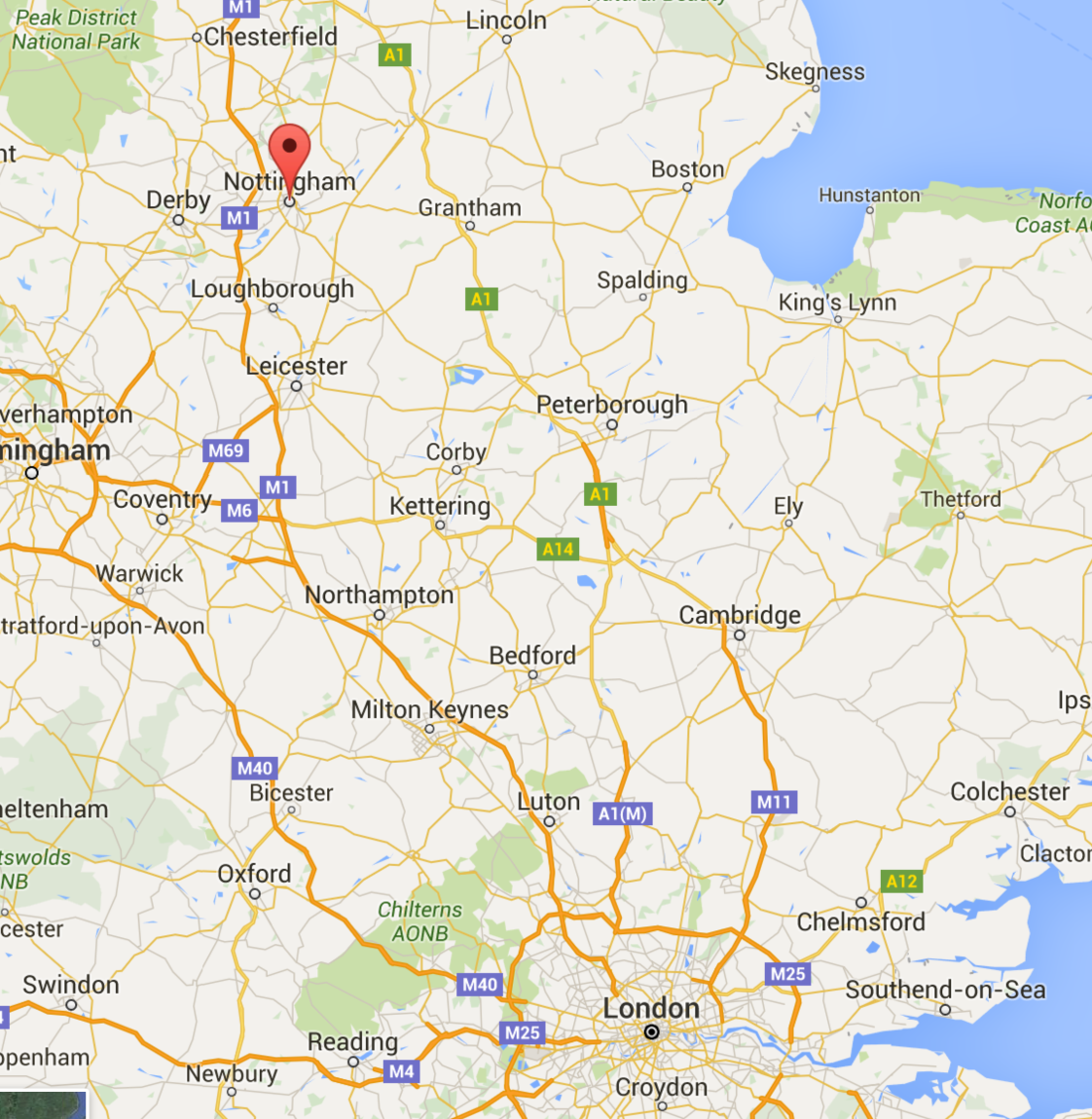
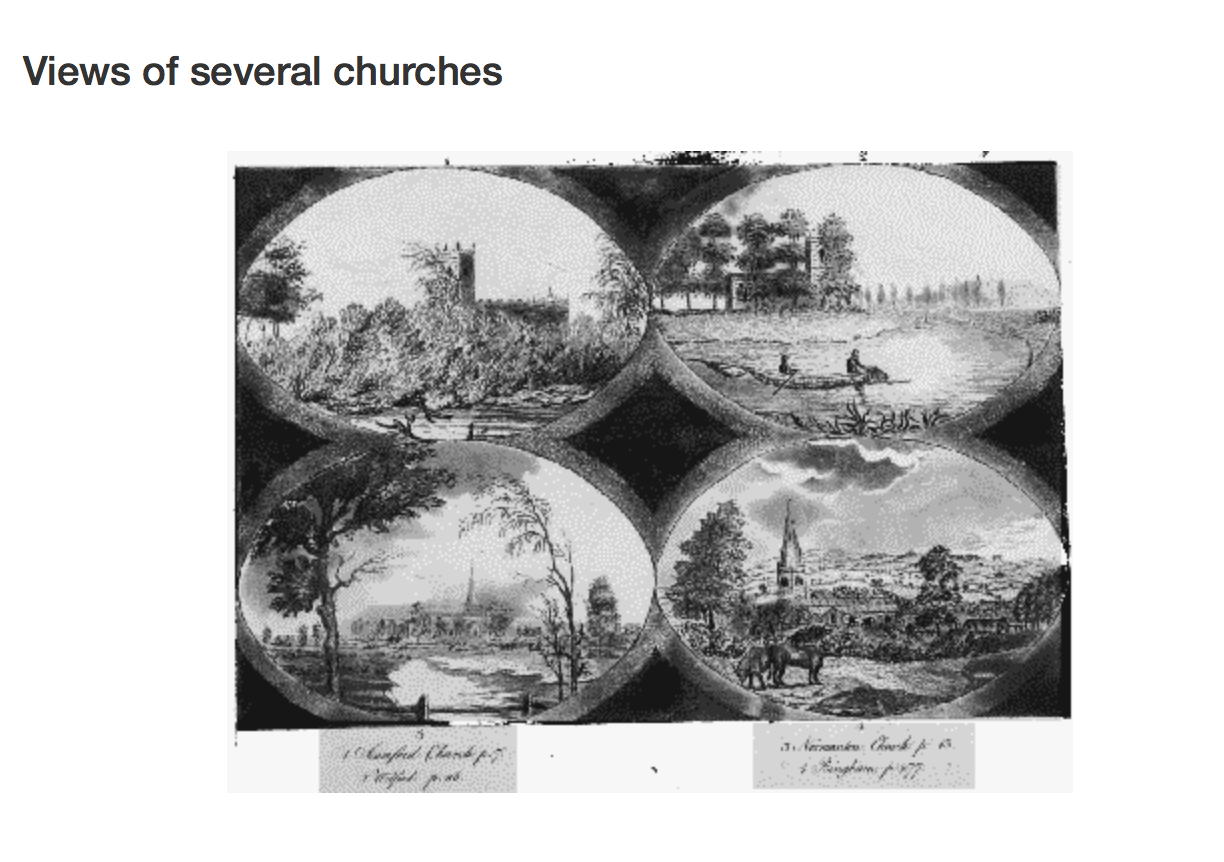
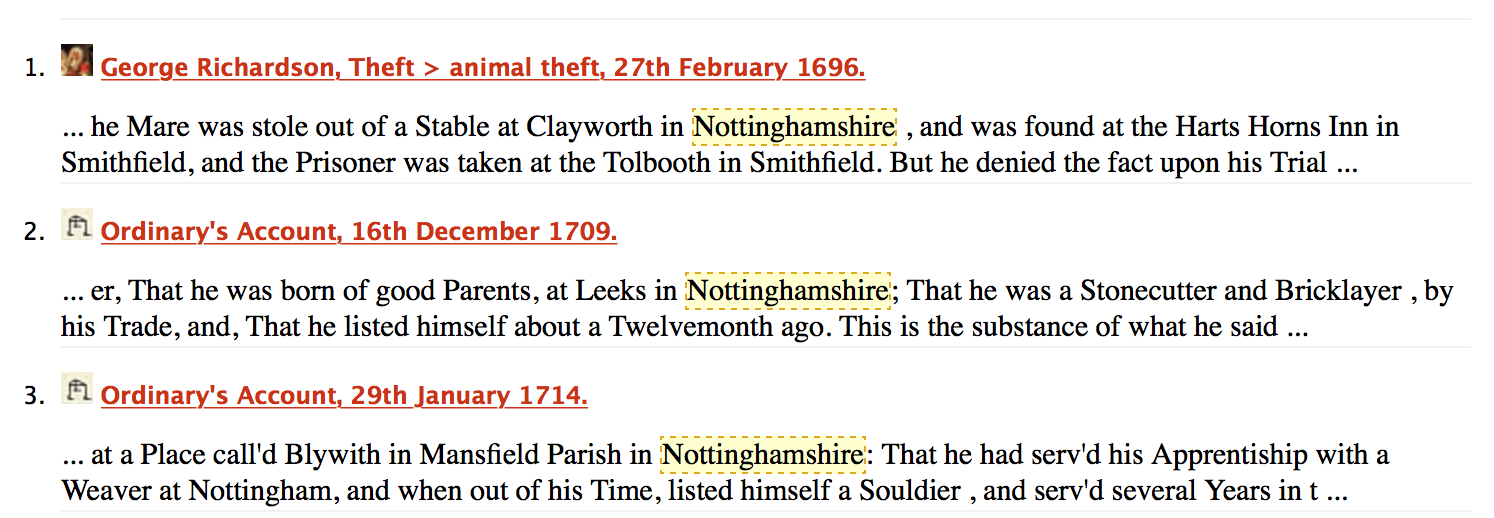 A search of the Proceedings of the Old Bailey turns up only one crime that took place in Nottinghamshire, the theft of a horse. This may remind readers of Dorian Gray riding off on his mare to the stables to see the body of James Vane. Nottinghamshire does come up in other cases a total of twenty nine times but the area is usually mentioned in a positive light. For example, one ordinary’s testimony states “That he was born of good Parents, at Leeks in Nottinghamshire.” Therefore, we can conclude that Nottinghamshire would have been associated with a very peaceful and crime free, almost utopian, country parish. I would compare this to the way many residents of New York City view the Hudson Valley area. By setting up this country home as a topic of gossip and controversy, Wilde is undermining his Victorian audience’s perspective of the area. This gives the impression that danger, crime, and sin are not isolated to a location like the East End. In Wilde’s novel, Selby Royal is both the grand estate associated with the wealthy upper classes and a mansion of improprieties and sins that are implied and spoken about, but never directly addressed.
A search of the Proceedings of the Old Bailey turns up only one crime that took place in Nottinghamshire, the theft of a horse. This may remind readers of Dorian Gray riding off on his mare to the stables to see the body of James Vane. Nottinghamshire does come up in other cases a total of twenty nine times but the area is usually mentioned in a positive light. For example, one ordinary’s testimony states “That he was born of good Parents, at Leeks in Nottinghamshire.” Therefore, we can conclude that Nottinghamshire would have been associated with a very peaceful and crime free, almost utopian, country parish. I would compare this to the way many residents of New York City view the Hudson Valley area. By setting up this country home as a topic of gossip and controversy, Wilde is undermining his Victorian audience’s perspective of the area. This gives the impression that danger, crime, and sin are not isolated to a location like the East End. In Wilde’s novel, Selby Royal is both the grand estate associated with the wealthy upper classes and a mansion of improprieties and sins that are implied and spoken about, but never directly addressed.
